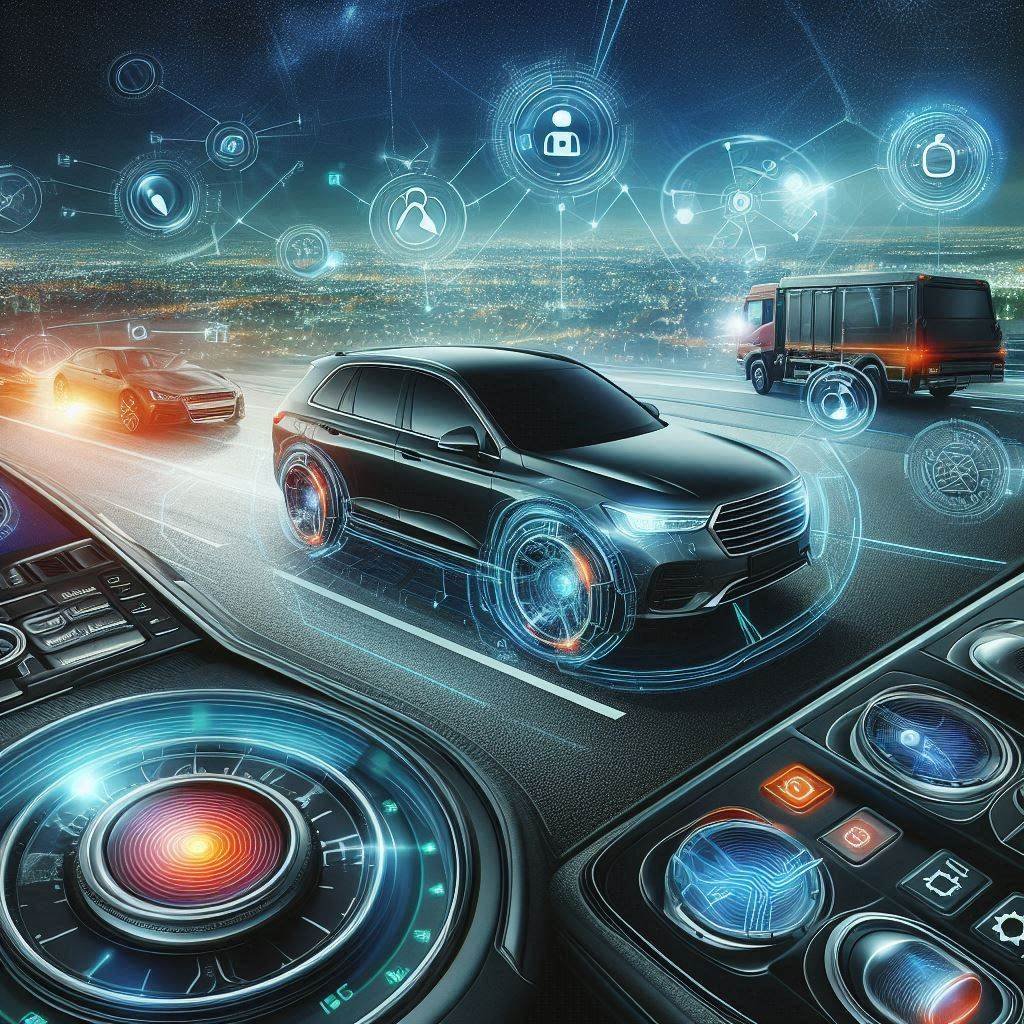Whether you’re an experienced driver or a new one, understanding the essential parts of your car can help you maintain it better, identify problems early, and make informed decisions when it comes to repairs or replacements. While modern vehicles are equipped with advanced technology, there are several basic car components that are crucial for its proper functioning. Here are the essential car parts every driver should know about.
1. Engine
The engine is the heart of your car, converting fuel into the energy needed to move the vehicle. It typically operates through internal combustion, where air and fuel are mixed and ignited to create controlled explosions that generate power. Without a properly functioning engine, the car won’t run, making engine maintenance a top priority.
Key components of the engine:
- Cylinders: Where combustion happens.
- Spark Plugs: Ignite the air-fuel mixture.
- Pistons: Move up and down, converting energy into motion.
Why it’s important: Regular maintenance like oil changes and replacing worn parts ensures the engine’s longevity and performance.
2. Transmission
The transmission is responsible for transferring the power generated by the engine to the wheels. It controls the speed and torque of your vehicle by shifting gears, which can be done either manually or automatically.
Types of transmissions:
- Manual Transmission: Requires the driver to shift gears manually using a clutch and gear lever.
- Automatic Transmission: Shifts gears automatically, adjusting to the car’s speed and load conditions.
Why it’s important: A malfunctioning transmission can cause problems with speed control and may lead to costly repairs if neglected.
3. Brakes
The brake system is one of the most critical safety components of a car. It allows you to slow down or stop the vehicle when necessary, preventing accidents and ensuring safe driving. Modern vehicles typically use disc brakes on the front and rear wheels.
Key components of the braking system:
- Brake Pads: Apply pressure to the brake rotor to stop the car.
- Brake Rotors: Metal discs that the brake pads press against to slow the vehicle.
- Brake Fluid: Transmits pressure from the brake pedal to the brakes themselves.
Why it’s important: Regular checks of brake pads, rotors, and fluid levels can prevent brake failure and ensure your vehicle’s safety.
4. Battery
The battery powers your car’s electrical components, including the starter motor, lights, and infotainment system. It also provides the initial burst of electricity needed to start the engine.
Key indicators of battery problems:
- Slow engine crank.
- Dim headlights or interior lights.
- Clicking noise when turning the key in the ignition.
Why it’s important: Keeping your battery charged and replacing it when necessary will prevent you from getting stranded with a car that won’t start.
5. Alternator
The alternator works alongside the battery to keep your car’s electrical systems functioning while the engine is running. It recharges the battery and powers the electrical accessories like headlights, radio, and air conditioning.
Why it’s important: A faulty alternator can lead to a dead battery, electrical malfunctions, and eventually leave your car stranded.
6. Suspension System
The suspension system ensures a smooth ride by absorbing shocks and maintaining tire contact with the road. It’s crucial for both comfort and control while driving, particularly on uneven or bumpy surfaces.
Key components:
- Shock Absorbers: Control the up-and-down movement of the wheels.
- Springs: Support the weight of the car and provide cushioning.
- Control Arms: Connect the wheels to the vehicle and allow them to move up and down.
Why it’s important: A well-maintained suspension system helps ensure a comfortable ride and keeps the vehicle stable during turns and sudden stops.
7. Tires
Tires are the only parts of your vehicle that make direct contact with the road, making them critical for handling, braking, and overall safety. Properly inflated, balanced, and aligned tires improve fuel efficiency, extend tire life, and reduce the risk of accidents.
Key factors to monitor:
- Tire pressure: Too high or too low pressure can lead to tire wear and poor handling.
- Tread depth: Adequate tread ensures proper traction on wet or slippery surfaces.
- Alignment and rotation: Regular tire rotation and alignment prevent uneven wear.
Why it’s important: Checking your tires regularly can prevent blowouts and improve vehicle control, especially in adverse weather conditions.
8. Radiator
The radiator is part of your car’s cooling system and prevents the engine from overheating by dissipating heat. Coolant flows through the engine, absorbing heat, and is then cooled as it passes through the radiator.
Key components of the cooling system:
- Radiator Fan: Helps cool the radiator.
- Thermostat: Regulates the flow of coolant.
- Coolant: A liquid that transfers heat away from the engine.
Why it’s important: Overheating can cause severe damage to the engine, so keeping the radiator and cooling system in good working order is essential.
9. Exhaust System
The exhaust system carries harmful gases away from the engine and reduces noise from combustion. It also helps improve fuel efficiency and reduce harmful emissions.
Key components:
- Exhaust Manifold: Collects gases from the engine cylinders.
- Catalytic Converter: Reduces harmful emissions.
- Muffler: Reduces the noise of the exhaust system.
Why it’s important: A well-maintained exhaust system not only ensures your car runs quietly and efficiently but also helps protect the environment by reducing emissions.
10. Fuel System
The fuel system delivers fuel to the engine and ensures the right mixture of air and fuel for combustion. It includes the fuel tank, fuel pump, fuel injectors, and fuel filter.
Why it’s important: A faulty fuel system can lead to poor engine performance, reduced fuel efficiency, or even prevent the car from starting.
Conclusion
Understanding the essential car parts is key to keeping your vehicle running smoothly and safely. Regular maintenance and timely repairs will help you avoid costly breakdowns and ensure your car performs at its best. Whether it’s the engine, transmission, or tires, being aware of these crucial components will make you a more confident and informed driver.




